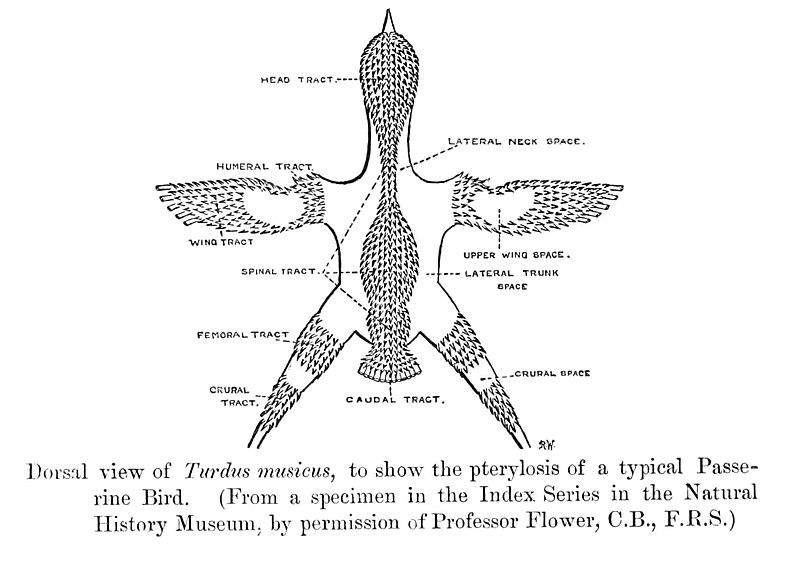 |
| R Bowdler Sharpe, 1891 |
The following diagrams were taken from http://people.eku.edu/ritchisong/birdcommunication.html.
The syrinx is the avian vocal organ:
 |
| Passerine syrinx. |
 |
| The difference between the brains of a songbird, such as the Blue Jay, and a non-songbird. |
Now for the external anatomy:
In flight:
So, now that you know a little more about passerine birds, here are some pictures I took in 2005 of the Blue Jay, a member of the family Corvidae:
 |
| This photo makes me nostalgic. I miss our pine trees so much! They attracted so many lovely birds and provided wonderful shade. I wish they hadn't caught a disease and died. |
 |
| A nice close-up shot of the head. He seemed to be listening for the sounds of a tasty morsel crawling beneath the pine needles. |
References:
http://people.eku.edu/ritchisong/birdcommunication.html (syrinx & brain diagrams; a lot of other detailed info; evolutionary bent)
http://www.allaboutbirds.org/guide/Blue_Jay/id (Cornell Lab of Ornithology)
http://animaldiversity.ummz.umich.edu/accounts/Cyanocitta_cristata/ (Animal Diversity Web)
http://eol.org/pages/856046/overview (Encyclopedia of Life)
If you want to learn how to attract these beautiful birds to your yard, consult:
http://www.birdsforever.com/bluejay.html
http://voices.yahoo.com/how-attract-blue-jays-yard-475307.html?cat=32
http://www.wild-bird-watching.com/Blue_Jay.html#sthash.lEM6NFDT.dpbs
http://nature.gardenweb.com/forums/load/bird/msg0310222718593.html?36
http://www.birdforum.net/showthread.php?t=201205
http://animaldiversity.ummz.umich.edu/accounts/Cyanocitta_cristata/ (Animal Diversity Web)
http://eol.org/pages/856046/overview (Encyclopedia of Life)
If you want to learn how to attract these beautiful birds to your yard, consult:
http://www.birdsforever.com/bluejay.html
http://voices.yahoo.com/how-attract-blue-jays-yard-475307.html?cat=32
http://www.wild-bird-watching.com/Blue_Jay.html#sthash.lEM6NFDT.dpbs
http://nature.gardenweb.com/forums/load/bird/msg0310222718593.html?36
http://www.birdforum.net/showthread.php?t=201205


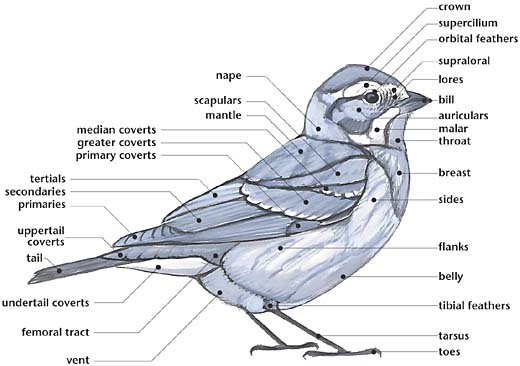
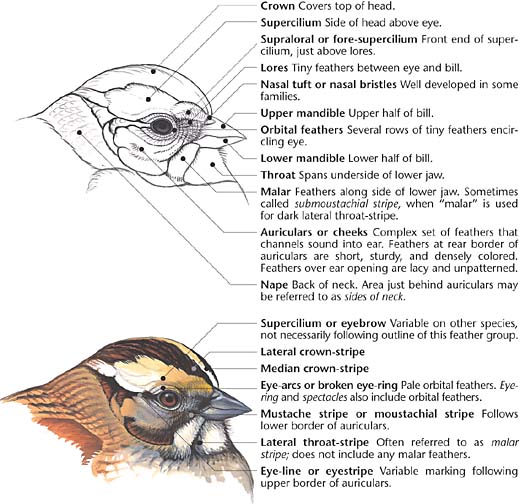
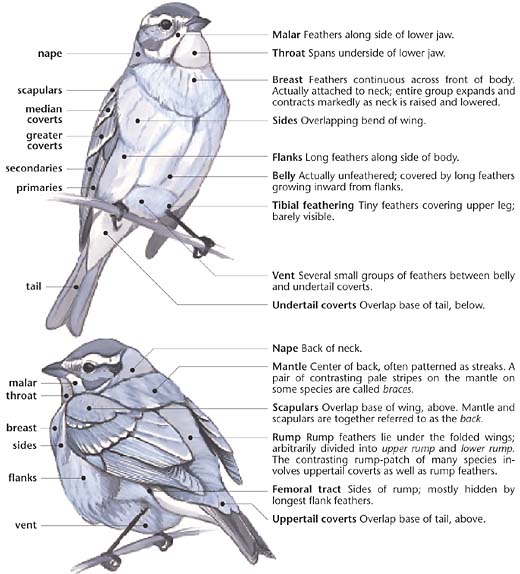
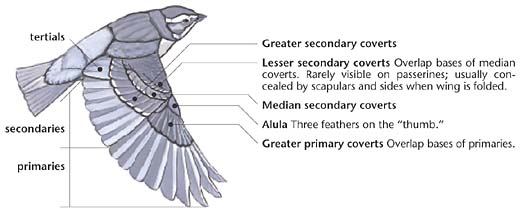
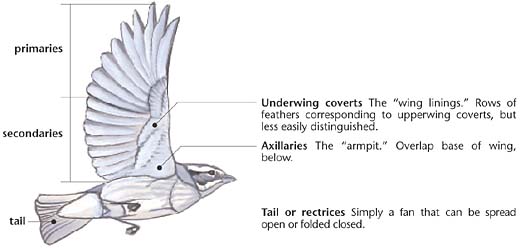



sah dud
ReplyDeleteThanks and I have a tremendous supply: Renovation House Company house renovation website
ReplyDelete